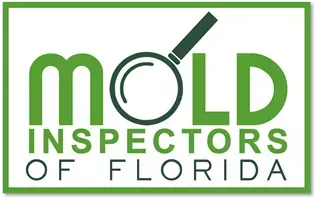Read Your Mold Testing Report Like A Pro

When you receive your mold test report back, we understand it might be an overwhelming experience. Without any training or extensive knowledge, it’s hard to know what you’re looking at. At Mold Inspectors of Florida, we pride ourselves on providing a comprehensive report and laboratory results so you will get the complete picture of the mold in your home or business. However, in order to make the best decision for mold remediation, you need to know how to read your results effectively. So, here are our best tips for reading your mold testing report like a pro!
Mold Testing Process
First, understanding the mold testing process will help you read the results effectively. It often helps to know how and what is tested when you receive your mold results. We use a noninvasive approach to testing your home or business for mold. We do this by inspecting the accessible indoor areas and mechanical systems while also using innovative technology to test for mold in places you can’t see.
At Mold Inspectors of Florida, we use mold testing technology like infrared thermology, moisture meters, air sampling pumps, and testing swabs and tapes. This technology allows us to test for mold in every area of your home or business without disrupting your property and daily life. From there, we provide results within 72 hours in a detailed, comprehensive report. If you want more specific results, like what types of mold were found, we can send the mold samples to a laboratory for results. Now let’s dive into what to do when you receive your mold testing report.
How to Read a Mold Testing Report
Your mold testing report will include various pictures and notes from the mold inspector’s findings. The photos will show the location of the mold and any visible mold found. We’ve made it easy at Mold Inspectors of Florida to get your mold testing report. All you do is visit the Mold Inspectors of Florida website and click Your Report on the homepage. In this report, here are some common mold terms you may encounter.
Common Mold Terms You Should Know
- Mold Counts – This provides the number of mold spores per the measured sample amount. This measurement of mold spores comes from air or surface samples.
- Mold Types – This indicates the species of mold found around your property. If you want a detailed report of the mold species, you can request to send mold samples to a laboratory for extended results.
- Mold Score – A mold score indicates the indoor or outdoor location of the mold samples. A low mold score indicates the mold likely originated from the outside, and a high mold score indicates the mold presented from indoors.
- Raw Count – The number of each type of mold spore in the sample sent for testing
- Count/m3 – This estimates the amount of mold spores present in 1 cubic meter of air.
- % of the Total – This is the percentage of one type of mold compared to the total mold samples.
Finally, what sets a mold testing report apart from others is identifying the possible source of the mold. While it’s helpful to know mold is present, it doesn’t do much good if you don’t know where the mold originated from. With this knowledge, you can have the mold removed at the source.
What’s Next?
After you review your mold testing report and discuss any findings with a mold inspector, what should you do next? This depends on the results of your mold test and recommendations from the mold inspector. Because mold exists everywhere, your home will likely show some mold is present. A certified mold inspector can confidently tell you what dangerous levels of mold are and when mold removal or remediation is required. You’ll be able to take your detailed mold report to a professional mold remediator, so they know exactly how to treat the mold problem in your property.
It may be tempting to take your mold testing report and attempt to remove it yourself. However, there are many reasons we don’t recommend DIY mold removal. Most of all, it’s not safe or effective. So, if your mold testing report indicates you need immediate mold removal or remediation, contact a mold removal professional to ensure the mold is completely removed.
Mold Testing in Southwest Florida
If you want a complete mold testing report, as discussed above, contact Mold Inspectors of Florida for your mold testing. We provide mold testing for residential and commercial properties in all the major cities of Southwest Florida. Our approach uses our years of experience and innovative technology to provide you with the most comprehensive mold test possible. No shortcuts here! Request your mold inspection today and contact Mold Inspectors of Florida with any questions.
Connect with Mold Inspectors of Florida on Facebook and Instagram!


